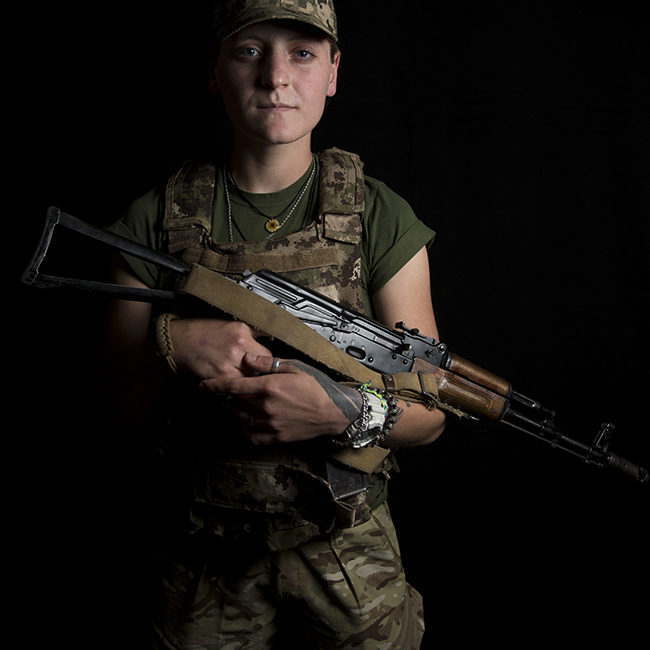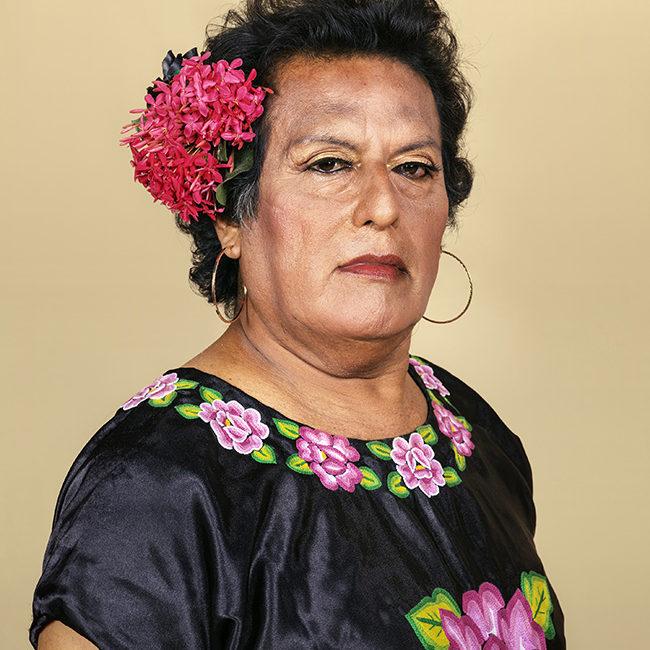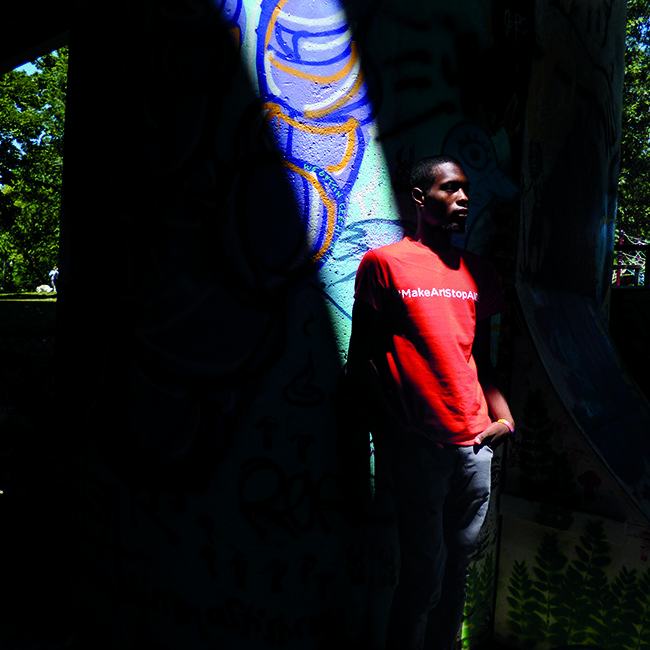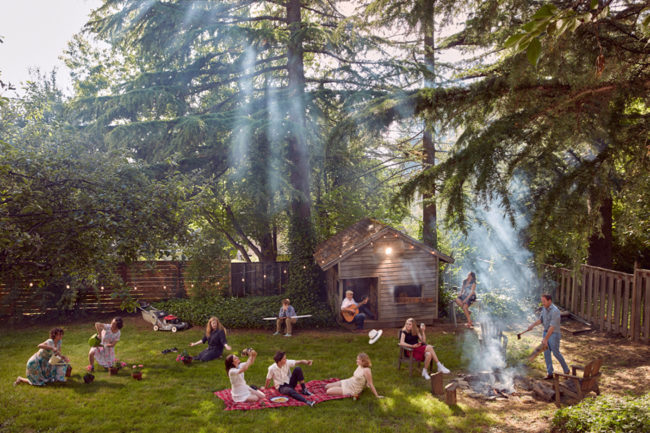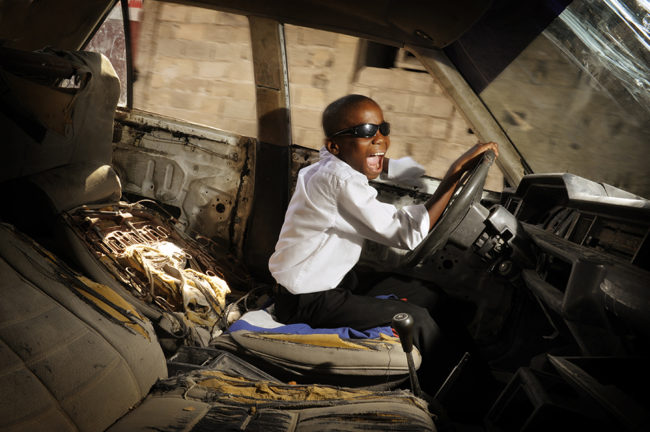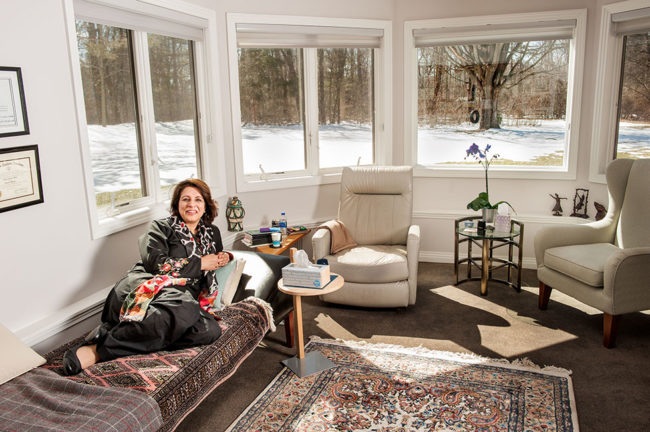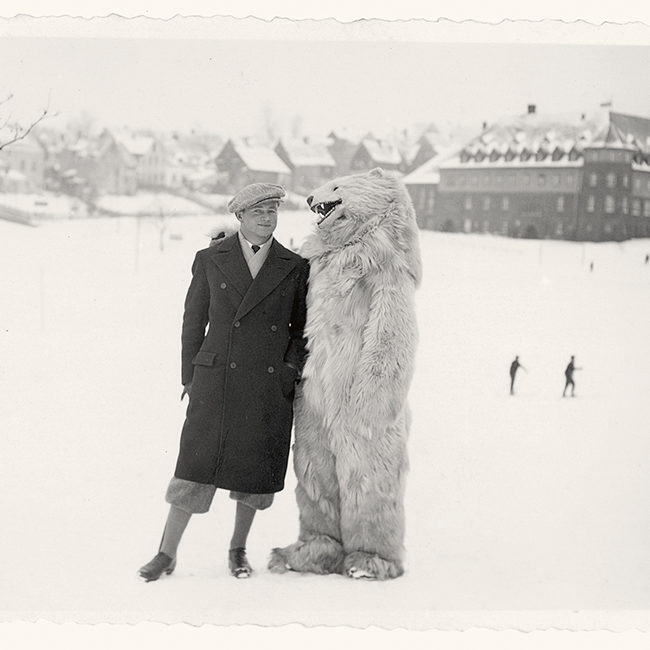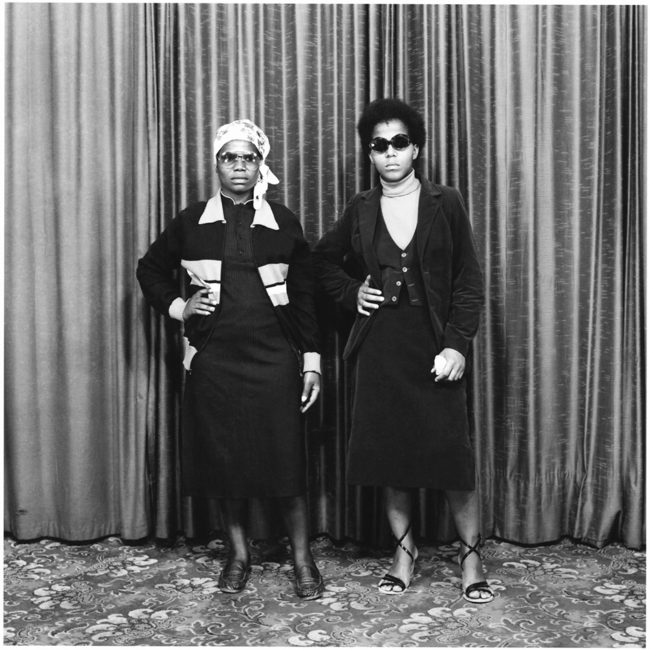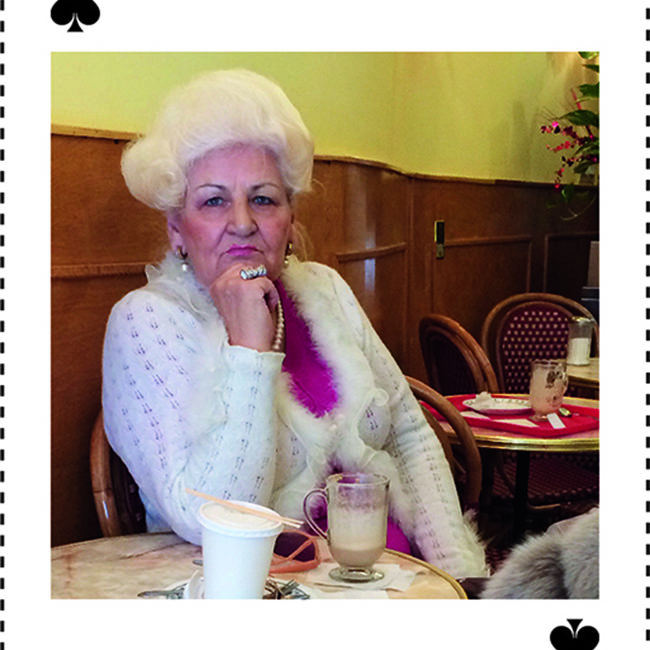Neil DaCosta is a commercial and editorial photographer based in Portland, Oregon. Earlier this year, the ad agency Deutsch asked him to work on a pro-bono project in Ethiopia for WaterIsLife (WiL), a non-profit whose mission is to provide clean water, sanitation and hygiene programs to communities in need. The project, “The Last Family Portrait,” received accolades in Adweek, and DaCosta proudly promoted the campaign to his network. “I am pretty excited to share it,” he wrote in an email to PDN.
Frank Cartagena: Every 20 seconds, a family in Sub-Saharan Africa loses a loved one to unsafe drinking water – without anything to remember them by. In an effort to raise awareness for WiL, The Last Family Portrait gave remote Ethiopian tribes their first (and hopefully not last) family photo. With plans to auction off the portraits later this year.
ND: How did the idea come about?
FC: On every WiL production, we bring a Polaroid camera and take pictures of local villagers. The genuine excitement when people are given their photograph for the first time is an amazing feeling. And we wanted to share that feeling to everyone in the western world.
ND: Why did you choose me to photograph this project?
FC: The composition and posed portrait nature of your Mormon Missionary Project was similar to what we were looking for in The Last Family Portrait. But you’re not just a talented photographer, you have a very laid back personality. Which is a huge consideration when you know you will be spending 10 stressful days in a cramped van with someone.
ND: How did you decide on the composition?
FC: We were very careful not to turn this into an awkward family photo project, while also keeping it true to the American-style portrait. We purchased a marbled blue backdrop similar to what you would see at a JC Penney or Sears portrait studio. And also brought a folder of about 30-40 real family portraits to help us quickly compose families on the spot. What first drew you to the project?
ND: The first email from you guys, that I think had the subject line “Africa?”. I haven’t been approached with many pro-bono projects before, but I am always interested in working on projects that are for good causes… and this one being an exciting project made it a no brainer. The chance to spend some cramped van time with you guys was also an added bonus.
FC: Did this shoot differ much from the shoots you are used to?
ND: There was obviously some language and cultural barriers we had to deal with. The people of the Omo Valley are no strangers to cameras. But tourists will normally spend a few minutes shooting photos of them, pay them a fee, then drive off to the next village.
Luckily we had guides that could speak Amharic, English, and the local tribes’ languages. Before even taking out any camera equipment, we would sit down with the village elder and get their permission to proceed with the portraits. After that, a lot of things were lost in translation, but we could get families picked out and onto the backdrop.
We found it best if a woman from our crew adjusted the woman subjects and a man from our crew arranged the men. On most shoots I don’t think twice about a man or a woman on our crew physically touching an opposite sex subject, but we didn’t want to anger anyone by crossing cultural lines.
Once the families were roughed in on the set, I could use hand gestures from behind the camera to fine-tune them. I did have to shoot a few more frames than usual to make sure everyone was looking at the camera with the right pose, but it ended up working out great.
FC: How do you feel about the world water crisis now, versus before you saw it firsthand?
ND: I knew it existed, but was fairly ignorant to how extremely it affects some people, like those in in the Omo Valley. If I need water, I go to the sink and turn the handle… out comes clean water. For them, the majority of their time is based on getting water for themselves, as well as their livestock. And when they do get to a water source, it is filthy. So after witnessing their daily struggles I will never take a glass of tap water for granted ever again.
Related: Bidding and Landing Ad Assignments: An Art Producer’s Perspective (for PDN Subscribers only; login required)
How Cornerstone Uses Photography to Tell Brands’ Stories
